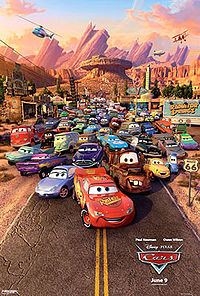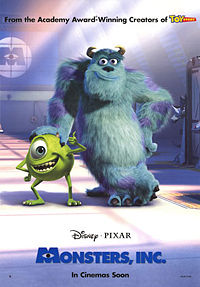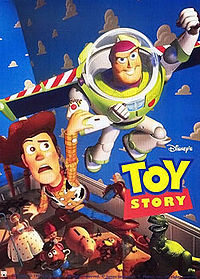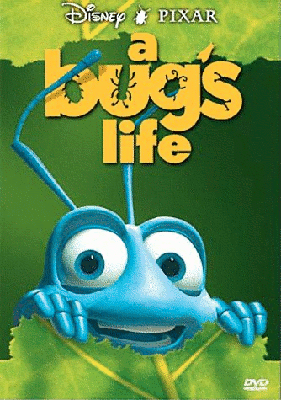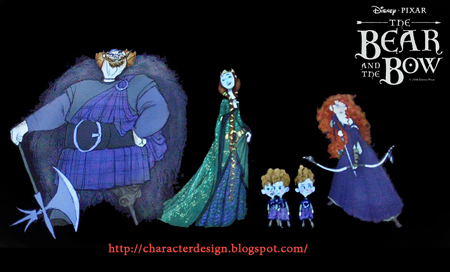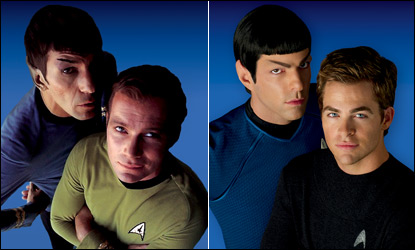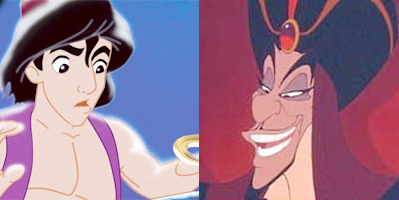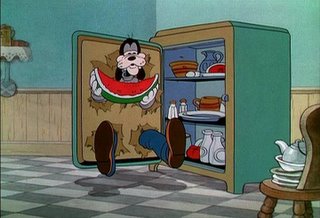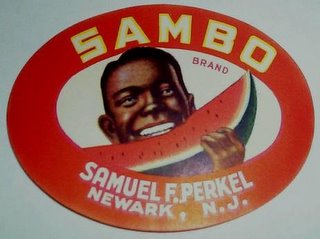From ABC News, “Transformers: Revenge of the Fallen … is taking fire for its comic relief: a pair of slang-spewing, illiterate Chevy hatchbacks named Skids and Mudflap… the robot duo is being labeled a racist caricature.” According to Yahoo News, “They’re forced to acknowledge that they can’t read. One has a gold tooth.”
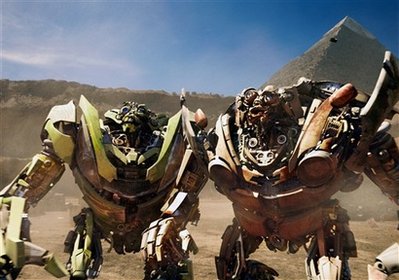 I haven’t seen the movie, so it’s difficult to comment directly, but I wonder if this another example of the dehumanizing racial stereotypes. Michael Bay, the director, largely dismisses the concerns. “Listen, you’re going to have your naysayers on anything,” he said. “It’s like is everything going to be melba toast? It takes all forms and shapes and sizes.”
I haven’t seen the movie, so it’s difficult to comment directly, but I wonder if this another example of the dehumanizing racial stereotypes. Michael Bay, the director, largely dismisses the concerns. “Listen, you’re going to have your naysayers on anything,” he said. “It’s like is everything going to be melba toast? It takes all forms and shapes and sizes.”

